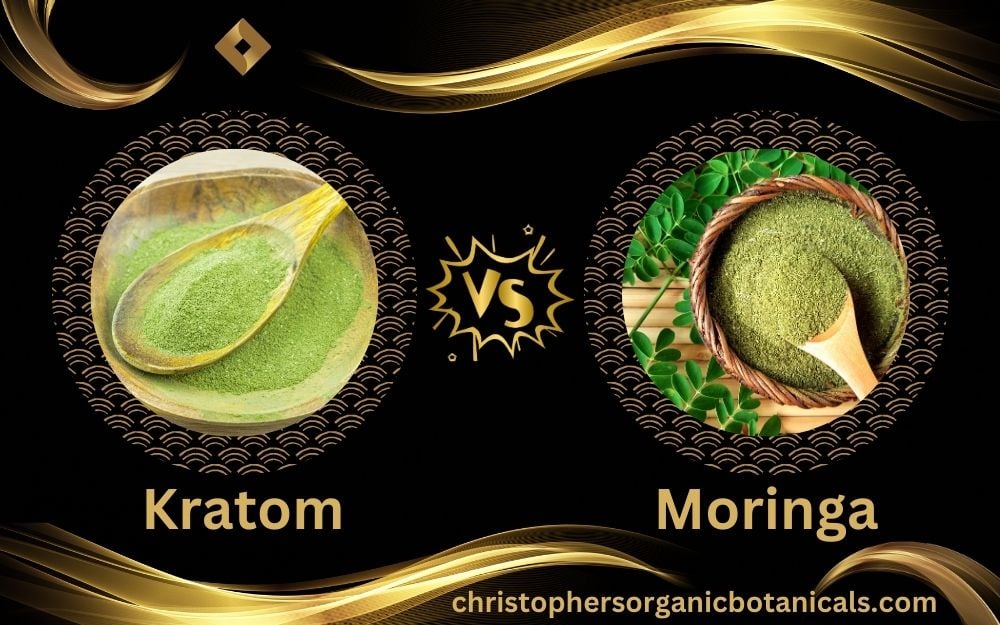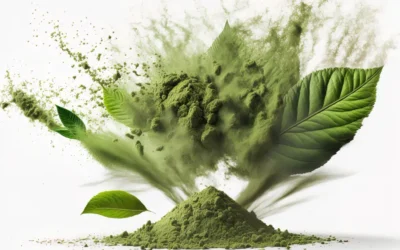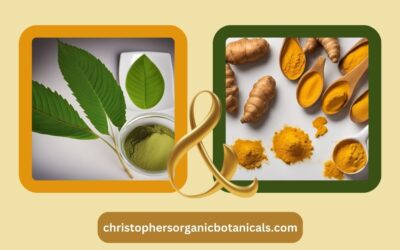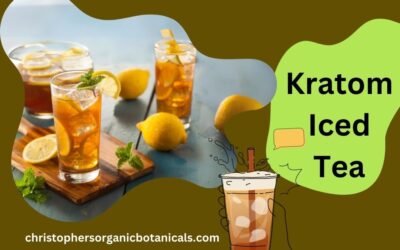Kratom Vs. Moringa: Better Alone or When Combined Together?
The world is changing fast, and everyone is looking for ways natural alternatives for health and well-being. Every few years, we hear about an organic substance that takes over the market, and everyone keeps talking about it. Then, another herb appears, and the older ones move out of the spotlight.
Some of these herbs stay famous, and that is because they give results that everyone seeks. In the 60s, Kratom was introduced in the US. Despite negative attention, it has stayed popular underground. A few years back, people discovered Moringa powder as a revolutionary botanical that energizes.
People grow the Moringa tree in America, and we see them in many hot states. However, the Kratom tree does not grow in America. It grows in Southeast Asian countries where humidity and hot weather prevail.
Kratom Vs. Moringa: Better alone or when combined?
Let’s find out which of these botanical is for you and why. Moringa oleifera is the botanical name for Moringa.
Kratom Methods of Use
Kratom is a tree from Southeast Asia with leaves that have mind-altering effects due to certain compounds. For centuries, people have used it in traditional medicine and cultural rituals. Nowadays, people take it for different purposes such as improving mood and using it as an alternative to espresso or coffee.
Here are 10 common methods of using kratom:
1. Kratom Tea: The leaves can be steeped in hot water to prepare a tea. This is one of the oldest and most common methods of consumption. You can consume the tea hot or cold.
2. Toss and Wash: This method involves taking a spoonful of kratom powder, placing it in the mouth, and washing it down with a beverage. It’s a quick method but can be challenging due to the powder’s texture and taste. Not Recommended!
3. Capsules: Kratom powder can be encapsulated in gelatin or veggie capsules. This method is favored by those who don’t like the taste of kratom, as it avoids the flavor entirely.
4. Kratom Extracts: These are concentrated forms of kratom, where the active compounds are extracted from the leaves. Extracts come in various forms, including liquid tinctures, resins, or powdered extracts. Long term use of extracts can lead to issues with tolerance.
5. Mixing with Food: Kratom powder can be added to food items like yogurt, smoothies, or protein shakes. Mixing it with flavorful food can help mask the strong, bitter taste.
6. Chewing Fresh Leaves: Traditionally, especially in regions where kratom grows natively, fresh leaves are chewed. This method provides a direct effect and is one of the earliest forms of consumption.
7. Smoking or Vaporizing: Some users smoke dried kratom leaves, but this is less common due to the large amount of material needed to achieve desired effects, making it inefficient compared to other methods. Not Recommended!
8. Topical Use: There’s some anecdotal evidence of kratom being used topically in lotions or balms, though this is less common and not widely researched.
Precautions:
- The potency and effects of kratom can vary based on the strain and the region where it’s grown. It’s advisable to start with a smaller dose to gauge its effects on you.
- There’s ongoing debate and research about kratom’s safety profile, especially concerning long-term use. Being informed and cautious is important.
- Kratom’s legality varies from country to country and, in some cases, from state to state. Always ensure you’re aware of and compliant with local regulations when buying, using, or distributing kratom.
If considering kratom use, always conduct thorough research, consult with health professionals, and ensure that you source from a reputable vendor.
Kratom can be used as a tea, or users can mix it in edibles and beverages. However, many people prefer capsules and pills as well. In the past, people chewed Kratom leaves. Now, you can buy crushed and dried leaves for tea and food.
Moreover, resins, chocolates, and many other interesting items are available for consumers to incorporate Kratom into their life.
Moringa and its popularity among users
Moringa grows in dry areas, and it is also cultivated in certain parts of America for people to use. We don’t have scientific proof, but people claim this tree improves their vitamin levels and boosts their energy.
Moringa leaves and stems are turned to powder, and this substance’s antioxidants and anti-inflammatory agents may help users feel good and youthful. Moringa is fast becoming famous, and many users say that there are many benefits.
However, these known effects are claimed by users only. The FDA doesn’t control Moringa production, so buyers need to be careful. Some sellers may deceive them by offering low-quality, expired, or impure Moringa products.
Moringa Methods of Use
Moringa, often referred to as the “drumstick tree” or “miracle tree,” has been used for centuries in various cultures for its medicinal properties and benefits. Every part of the moringa plant – leaves, pods, seeds, bark, roots, and flowers – has nutritional and medicinal value.
Here are 8 common methods of using moringa:
- Moringa Tea: The dried leaves can be steeped in hot water to make tea. It’s a popular way to enjoy the subtle flavor and gain the benefits of its antioxidants.
- Moringa Powder: Dried and ground moringa leaves yield a green powder that can be added to smoothies, juices, or even sprinkled on food. It’s also often encapsulated as a dietary supplement.
- Cooking with Moringa: Fresh moringa leaves can be used much like spinach in various dishes. The seed pods, commonly called drumsticks, are used in many Asian cuisines, especially in soups and curries.
- Moringa Oil: Extracted from moringa seeds, this oil is known for its antioxidant properties. It’s often used in skin and hair care routines for its moisturizing and rejuvenating qualities.
- Topical Application: Moringa oil or moringa-infused creams can be applied to the skin for its moisturizing benefits and to help with skin conditions like acne or minor abrasions.
- Moringa Seeds: The seeds can be eaten raw or cooked. They are often boiled or roasted. They have a mild, nutty flavor and are known for their antiviral and anti-inflammatory properties.
- Roots and Bark: Traditionally, the roots and bark have been used to make extracts that serve various medicinal purposes. However, they contain certain compounds that can be toxic if consumed in large amounts, so it’s essential to use them cautiously.
- Capsules and Tablets: For those who want a convenient way to incorporate moringa into their diet without dealing with its taste, moringa supplements in the form of capsules or tablets are available.
Precautions:
- Pregnant or breastfeeding women should consult with a healthcare professional before consuming moringa, especially in large amounts, as certain parts of the plant might cause contractions.
- As with any supplement or herbal remedy, it’s essential to start with a small dose to see how your body reacts and consult with a healthcare professional about potential interactions with medications or health conditions.
In conclusion, there are various methods to incorporate moringa into your routine, whether for its health benefits, culinary uses, or cosmetic applications. Always ensure you’re sourcing high-quality, pure moringa products for optimal benefits.
You can use Moringa in the same way as Kratom. Many consumers drink moringa leaves steeped in tea. It is available in powder and capsules for people to try in various ways, such as edibles and smoothies. You can also use Moringa powder to prepare baked goods or gummies.
Mixing Kratom and Moringa
Moringa and Kratom can be mixed as they work in different ways. Moringa is rich in anti-inflammatory agents, and Kratom has alkaloids. Using these substances together will enhance mood and give consumers more focus to continue their daily tasks. A comparison table can help you decide whether you want to use these herbs together.
Moringa doesn’t possess the same potency as Kratom. The FDA does not regulate them. Moringa contains flavonoids, anti-inflammatory substances, vitamins, and minor alkaloids. On the other hand, Kratom is rich in major alkaloids, terpenes, and flavonoids.
Moringa provides stimulation and energy, whereas Kratom offers relaxation along with energy. The active components and variation of effects differ between the two.
Choosing Between Moringa and Kratom
You cannot choose between Moringa and Kratom because of the varied results. Kratom has so many varieties with unique effects, and Moringa is just an energizing herb.
When it comes to substituting one herb for another, it is important to understand that they do not function in the same manner. Each herb has its own unique set of properties and chemical composition, which means that they have different effects on the body. Therefore, simply replacing one herb with another may not yield the desired results.
Furthermore, it is worth noting that continuous and prolonged use of a single herb can lead to the body developing a tolerance or becoming immune to its effects. This means that over time, the herb may become less effective or even completely ineffective in providing the desired benefits. It is important to be mindful of this and avoid relying solely on one herb for an extended period of time.
To maximize the benefits of these substances, it is recommended to mix and consume a small amount of different herbs. By doing so, you can take advantage of the unique properties and benefits offered by each herb, while also minimizing the risk of developing immunity or irresponsiveness to any one particular herb. This approach allows for a more balanced and diverse intake of beneficial substances, ensuring that your body continues to respond positively to their effects.
Ensure to seek advice from your physician prior to utilizing or combining any herbal elements. These herbal elements could potentially interfere with your prescribed drugs.
Conclusion
Moringa is an herb that grows in semi-arid regions and has many benefits like energy boost and stimulation. Kratom has more diverse effects, and users rave about this botanical as a great way of feeling relaxed, recharged, and energetic. If you want to try these substances together, follow a dosage that suits you. You can use these herbs similarly, like tea and edibles.
The FDA doesn’t control Moringa and Kratom. We learn about them from our reviewers and consumers who discuss and share their experiences with these herbs. Both these herbs have unique qualities, and there is no harm in mixing both and using them for more energy. However, incorporating Moringa will subdue its impact if you want to use a relaxing Kratom strain, as the latter is more energizing than the soothing Kratom strains.






0 Comments